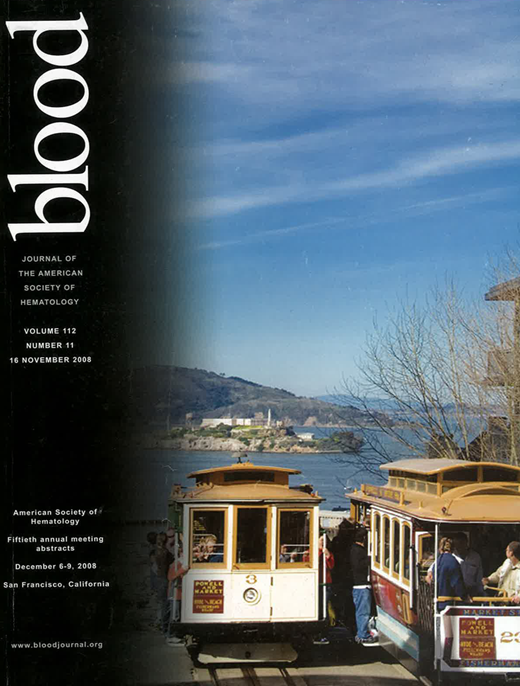Abstract
The treatment of chronic myelogenous leukemia (CML) with imatinib mesylate (IM) has dramatically improved the prognosis of this disease, notably for chronic phase (CP) patients. However, a significant proportion of CP patients may progress along the years and it is important to identify early markers of poor response in order to offer to such patients the best alternative treatment. It has been demonstrated recently that the activity of some membrane transporters such as the organic cation transporter 1 (OCT-1), and ATP-binding cassette transporters (ABCB-1 and ABCG-2) may modify IM intracellular concentrations within leukemic cells and influence disease response and survival. In this study, we enrolled 76 CP CML patients (47M, 29F) at diagnosis and we measured in 66 patients on peripheral blood (PB) samples with RQ-PCR, the levels of OCT-1, ABCB-1 and ABCG-2 and analyse the impact on disease response and steady-state plasmatic IM and desmethyl-IM trough concentrations. The transporter data generated were normalised using a pool of peripheral blood samples from 10 healthy blood donors. Additionally, OCT-1 SNPs in exons 1 to 9 have been analysed in 41 patients out of 76. Median age at diagnosis was 50.3 (18.1–81.8) years, Sokal score was high for 16 (21%), intermediate for 34 (45%) and low for 23 (30%) patients and unknown for 3 (4%), Hasford score was high for 5 (7%), intermediate for 29 (38%), low for 30 (39%), and unknown 12 (16%). IM alone was initiated at 400 mg/day for 50 patients, 600 mg/day for 3 patients, IM was associated to monthly subcutaneous courses of 14 days Cytarabine in 13 patients and to Peg-IFN-a in 10 patients the first year of treatment. Heighty eight percent of patients were in optimal cytogenetic response (PCyR) at 6 months. Seven percent, 33%, 39%, 46%, 59% and 63% of patients were in major molecular response [MMR, BCR-ABL/ABL (IS) <0.1%] at 3, 6, 9, 12, 18 and 24 months respectively. Univariate analysis demonstrated a significant correlation (p=0.04) between ABCG-2 RQ-PCR levels at diagnosis and the proportion of patients in MMR at 6 months, between ABCB-1 levels and MMR at 12 months (p<0.01), and between OCT-1 levels and MMR at 24 months. A conditional logistic-regression model was used to analyse associations between molecular responses and transporter RQ-PCR levels, age, gender, Sokal and Hasford scores, and showed that only ABCB-1 levels were a favourable factor on the MMR rate at 12 months (HR= 2.62, 95%CI= 2.32–6.10). Logrank test did not find any significant impact of transporters levels, IM and desmethyl-IM trough concentrations, on disease progression. More extensive statistical analysis will be presented. OCT-1 SNPs analysis identified 3 patients with polymporphisms reported to decrease the enzymatic activity of OCT-1 (exon 1) and 1 patient with a polymorphism reported to fully abolish OCT-1 activity (exon 1). However, these 4 patients showed optimal cytogenetic and molecular responses, suggesting the involvement of other mechanisms in the regulation of the response to IM. Ten patients were identified with OCT-1 polymorphisms (in exons 2, 3 and 7) reported not to influence the enzymatic activity of this protein. In conclusion, the activity of these transporters (as assessed by RQ-PCR) may have some impact on the molecular response of CP CML to front-line IM therapy, however, the interrelationships between the different transporters in conjunction with other factors (drug-drug interactions, genetic background…) do not contribute to clearly distinguish one transporter more than another as a key prognostic factor for IM-molecular disease control.
Disclosures: No relevant conflicts of interest to declare.
Author notes
Corresponding author

